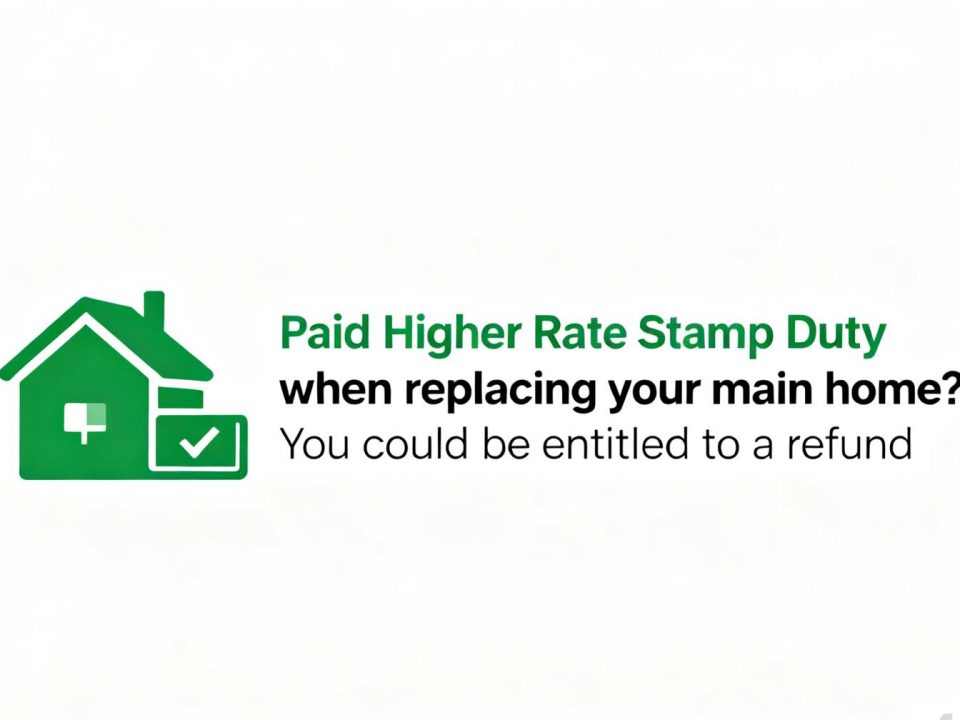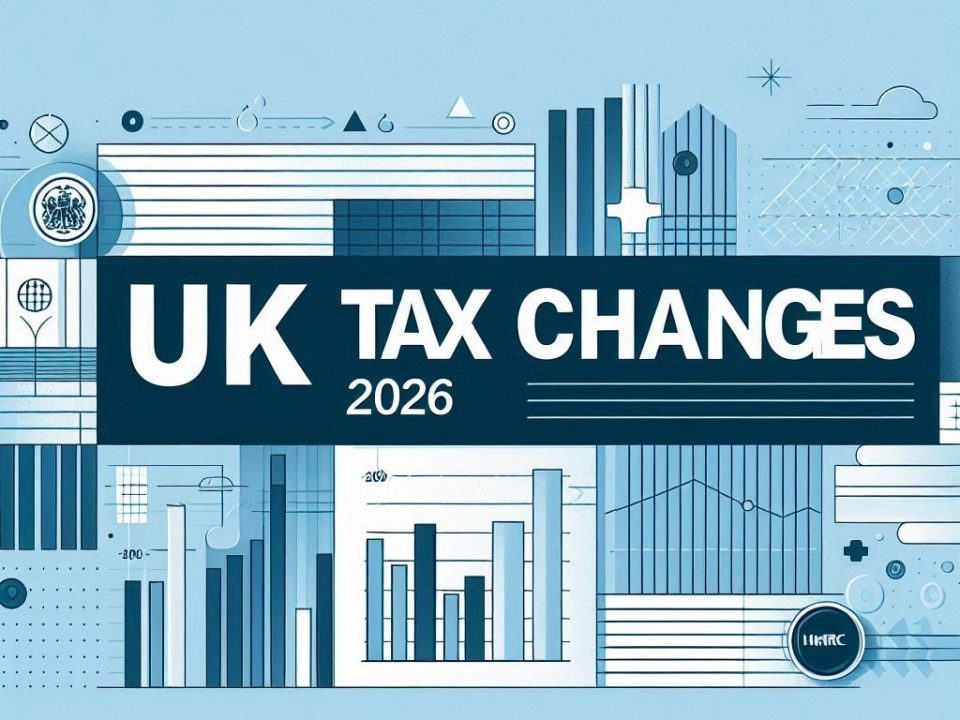Changes to Vehicle Tax for Electric, Zero, and Low Emission Vehicles from April 2025
February 28, 2025Parents Earning Under £80K – You Could Be Missing Out on Cash!
March 14, 2025As we near the end of the 2024/2025 tax year, it’s crucial to start preparing for tax season. Whether you’re an individual taxpayer, a business owner, or a self-employed freelancer, now is the time to take action to ensure you’re fully ready to file your taxes. Taking a few proactive steps before the year ends can help minimize your tax liability, avoid last-minute stress, and set you up for a successful financial year ahead.
To help you get ahead of the game, we’ve put together a guide on the key tax-free thresholds and allowances, and some strategies to reduce your tax burden. Let’s dive in!
1. Maximise Your Dividends Tax-Free Threshold
For the 2024/2025 tax year, the dividends tax-free threshold stands at £500. This means you can receive up to £500 in dividend income without paying tax. If your dividend income exceeds this amount, the excess will be taxed based on your income tax band (8.75% for basic-rate taxpayers, 33.75% for higher-rate taxpayers, and 39.35% for additional-rate taxpayers).
Here’s how to make the most of it:
- Maximise your dividends: If your dividend income is under £500, you won’t pay any tax on it. If you’re approaching this limit, try to time your dividend payments accordingly.
- Plan with family members: If you have a spouse or civil partner, consider sharing dividend income so both of you can benefit from the £500 allowance.
2. Take Advantage of Your Savings Tax-Free Threshold
The savings allowance allows you to earn tax-free interest from savings accounts, bonds, and other financial products. Depending on your income tax band, the savings allowance works as follows:
- £1,000 for basic-rate taxpayers (income between £12,571 and £50,270).
- £500 for higher-rate taxpayers (income between £50,271 and £125,140).
- £0 for additional-rate taxpayers (income over £125,140).
Here’s how to make the most of your savings allowance:
- Maximise interest income: If you earn savings interest, aim to keep your interest income below your savings allowance to avoid paying tax on it.
- Consider tax-efficient accounts: If your savings interest exceeds your allowance, consider moving some of your funds into an ISA, where interest is tax-free.
3. Use Your ISA Allowance to Shelter Savings
The ISA allowance is one of the most tax-efficient ways to save and invest. For the 2024/2025 tax year, you can contribute up to £20,000 into an ISA. This limit applies across all types of ISAs combined, including Cash ISAs, Stocks and Shares ISAs, and Innovative Finance ISAs.
How to maximise your ISA allowance:
- Contribute the full £20,000: If you haven’t already contributed the full £20,000 to your ISA, try to do so before the tax year ends. By doing this, you can earn tax-free interest, dividends, and capital gains on your savings.
- Reorganise your savings: If you have cash savings in regular savings accounts, consider moving them into a Cash ISA to avoid paying tax on the interest you earn.
- Invest in a Stocks and Shares ISA: For a higher potential return, consider investing in a Stocks and Shares ISA, where you can benefit from capital growth and dividend income without paying tax.
4. Capital Gains Tax (CGT) Tax-Free Threshold
The Capital Gains Tax annual exemption allows you to realise up to £3,000 in capital gains tax-free for the 2024/2025 tax year. This exemption applies to the sale of assets like property, stocks, or other investments.
Here’s how to make the most of the CGT exemption:
- Plan your asset sales: If you’re planning to sell assets and realise a gain, consider timing the sale to ensure your capital gains stay within the £3,000 tax-free limit.
- Offset losses: If you have investments that have lost value, consider selling them to offset any capital gains and reduce your overall tax liability (known as tax-loss harvesting).
5. For Incomes Over £50,270 or £100k: Consider Contributing to a SIPP or Making Charitable Donations
If your income is over £50,270, you’re moving into the higher-rate tax band (40%). Furthermore, if your income exceeds £100,000, your personal allowance starts to reduce by £1 for every £2 of income above this threshold. This means that by the time your income reaches £125,140, you won’t have any personal allowance at all.
Here are some strategies to reduce your taxable income:
- Contribute to a SIPP (Self-Invested Personal Pension): Making contributions to a SIPP can reduce your taxable income. The government provides tax relief on contributions, which means the more you contribute, the less tax you’ll pay. If your income is close to £100,000, consider contributing to your SIPP to bring your income below this threshold and restore your full personal allowance.
- Charitable Donations: Another way to reduce your taxable income is by making charitable donations. Charitable donations made under the Gift Aid scheme are tax-deductible, meaning you can reduce your taxable income and potentially lower your tax liability. Plus, higher-rate taxpayers can claim back the difference between the higher-rate tax and the basic-rate tax on donations.
6. File Your Tax Return Early
Filing your tax return early not only reduces the stress of meeting the tax deadline, but it also gives you time to resolve any issues or discrepancies. If you’re due a tax refund, you’ll also receive it sooner, which can be helpful for your financial planning.
Conclusion
As the end of the 2024/2025 tax year approaches, now is the time to act and ensure you’re fully prepared for tax season. By taking advantage of key tax-free allowances like the dividends allowance (£500), savings allowance, ISA allowance, and CGT exemption, you can significantly reduce your tax liability and keep more of your hard-earned money.
If your income is close to £50,270 or £100,000, consider making contributions to a SIPP or making charitable donations to bring your income into a lower tax bracket or restore your personal allowance.
Don’t wait until the last minute—take proactive steps now, and you’ll be well-positioned to maximise your tax savings and set yourself up for a successful financial year ahead.



